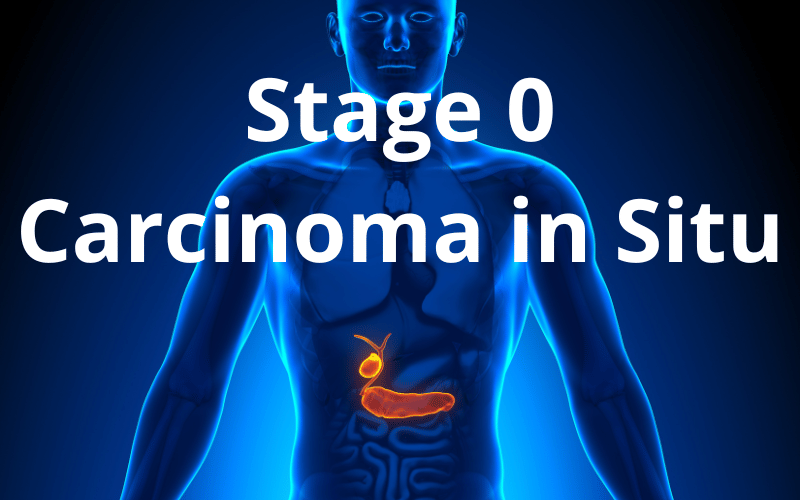Introduction: Unraveling the Mystery of Gallbladder Cancer

Gallbladder cancer, while not as commonly discussed as other forms of cancer, carries its own set of challenges and intricacies. It begins subtly, often showing no symptoms, which makes early detection a formidable challenge. This tiny, pear-shaped organ, nestled beneath the liver, plays a pivotal role in our digestive system. Its primary function is to store bile—a digestive fluid produced by the liver.
Unfortunately, when cancerous cells form and proliferate within the gallbladder, they pose a threat not just to this tiny organ but, if unchecked, to other parts of the body as well. Recognizing the stages of gallbladder cancer becomes paramount for both patients and their healthcare providers. An understanding of each stage paves the way for informed decisions about treatment, prognosis, and overall management.
Moreover, with the healthcare industry evolving, and medical technology advancing rapidly, there’s an ever-growing arsenal of tools and strategies at our disposal to combat gallbladder cancer. However, the effectiveness of these tools hinges on one critical factor: timely diagnosis. And for that, awareness of the disease and its progression is crucial.
Stage 0 (Carcinoma in Situ): Unraveling the Initial Symptoms

At this very first stage, gallbladder cancer operates like a silent intruder. It doesn’t raise any alarms but begins its clandestine activities within the gallbladder’s inner lining. Though it might sound unthreatening, these abnormal cells are the precursors to what can evolve into a full-blown malignancy. They remain localized to the innermost lining, making no outward movement, and more often than not, patients remain blissfully unaware of this covert activity taking place within their gallbladder.
What’s particularly challenging about Stage 0 is its ability to exist without creating any discernible ripples in the patient’s health. This phase is asymptomatic, meaning the individual displays no outward symptoms. The lack of symptoms might seem reassuring, but it’s precisely this quiet that makes Stage 0 so insidious. More than one patient has been caught off-guard, realizing they’re harboring these abnormal cells only during unrelated medical examinations.
Now, while these cells at this juncture might not seem active, they aren’t entirely benign. They’re essentially a ticking time bomb. Left unchecked, they possess the potential to turn malignant, posing a more direct threat to the patient’s health. For individuals with a familial history of gallbladder diseases or those predisposed to gallbladder issues, this stage warrants careful monitoring.
As we peel back the layers of Stage 0, it becomes apparent that it serves as a prelude to what might lie ahead. While it may not demand immediate action or trigger significant concern, it’s a clear signal to be vigilant. For those in the know, this stage is a call to arms—urging them to be proactive, informed, and always on the lookout. (1)